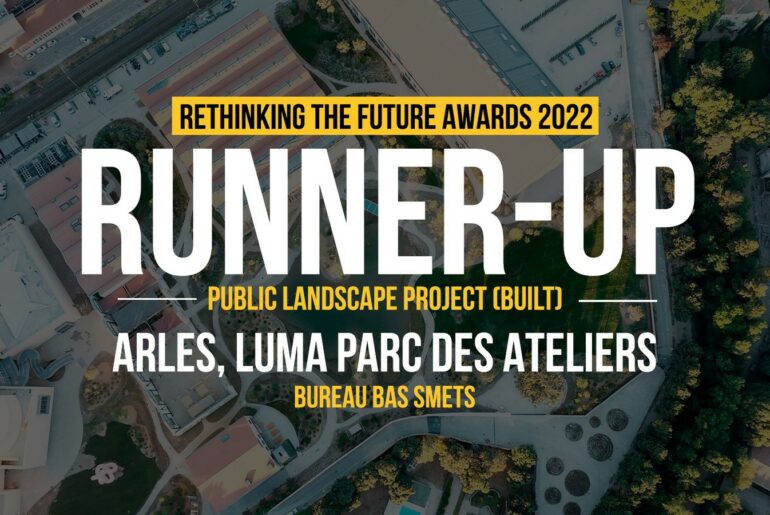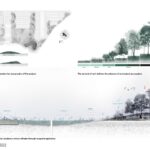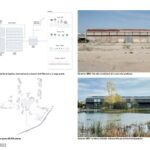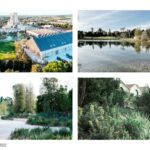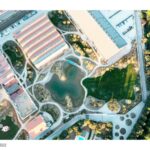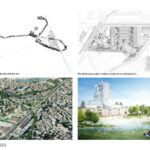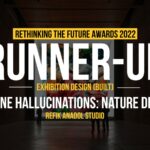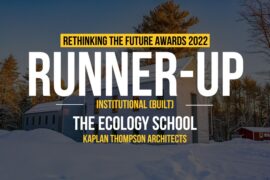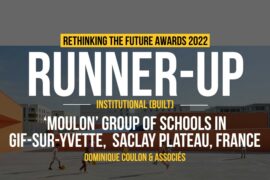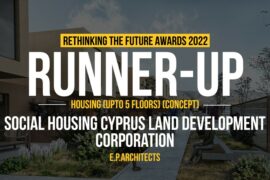The Making of a Climate
Luma Arles is an experimental campus in the south of France that questions the relationships between art, environment, and education. It is situated on the former industrial railyard of the Parc des Ateliers that has been transformed into a lush park connecting the industrial buildings renovated by Annabelle Selldorf and a new tower conceived by Frank Gehry in a green archipelago.
Rethinking The Future Awards 2022
Second Award | Public Landscape Project (Built)
Project Name: Arles, LUMA Parc des Ateliers
Studio Name: BUREAU BAS SMETS
Client: SCI AAI, Area
Design Team: BUREAU BAS SMETS in collaboration with TPF-I
Area: 6 ha
Year: 2009 – 2021
Location: Arles, France
Consultants: LAMS, Tour du Valat, Plant&Houtgoed
Photography Credits: Iwan Baan, Rémi Benali, Bureau Bas Smets
Images Credits: Bureau Bas Smets
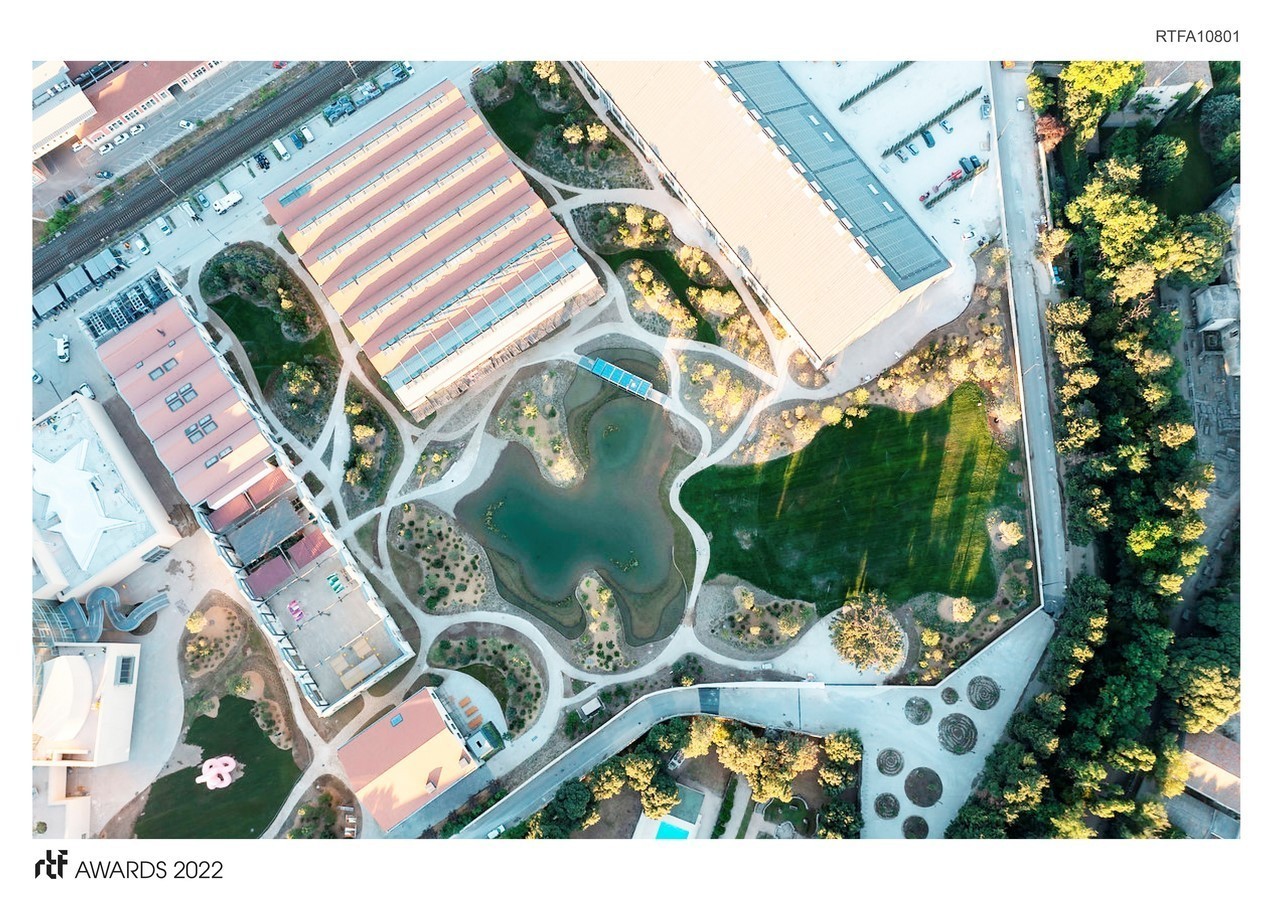
Semi-desert
The site consisted of a large concrete platform, dug out of the bedrock. Without soil and water, vegetation could root nor grow. Unprotected from both the harsh summer heat and the cold winter winds, the site had the climatic conditions of a semi-desert. To make a park, we first needed to change the climate. The platform’s sterility was in great contrast with the three ecologies surrounding Arles: the Camargue, the Crau and the Alpilles. Together, they represent all the strategies plant life had adopted over time to conquer this region, from its wetlands to its rocky environments.

Accelerated Nature
We wondered what nature would have done over time. We modelled how the northern mistral winds would gradually blow sediments to the site, accumulating into a new fertile topography on top of the dead rocks. The resulting dune-like landscape produces a new space-time relationship : the higher the elevation of the dune, the more time would have passed to create it.
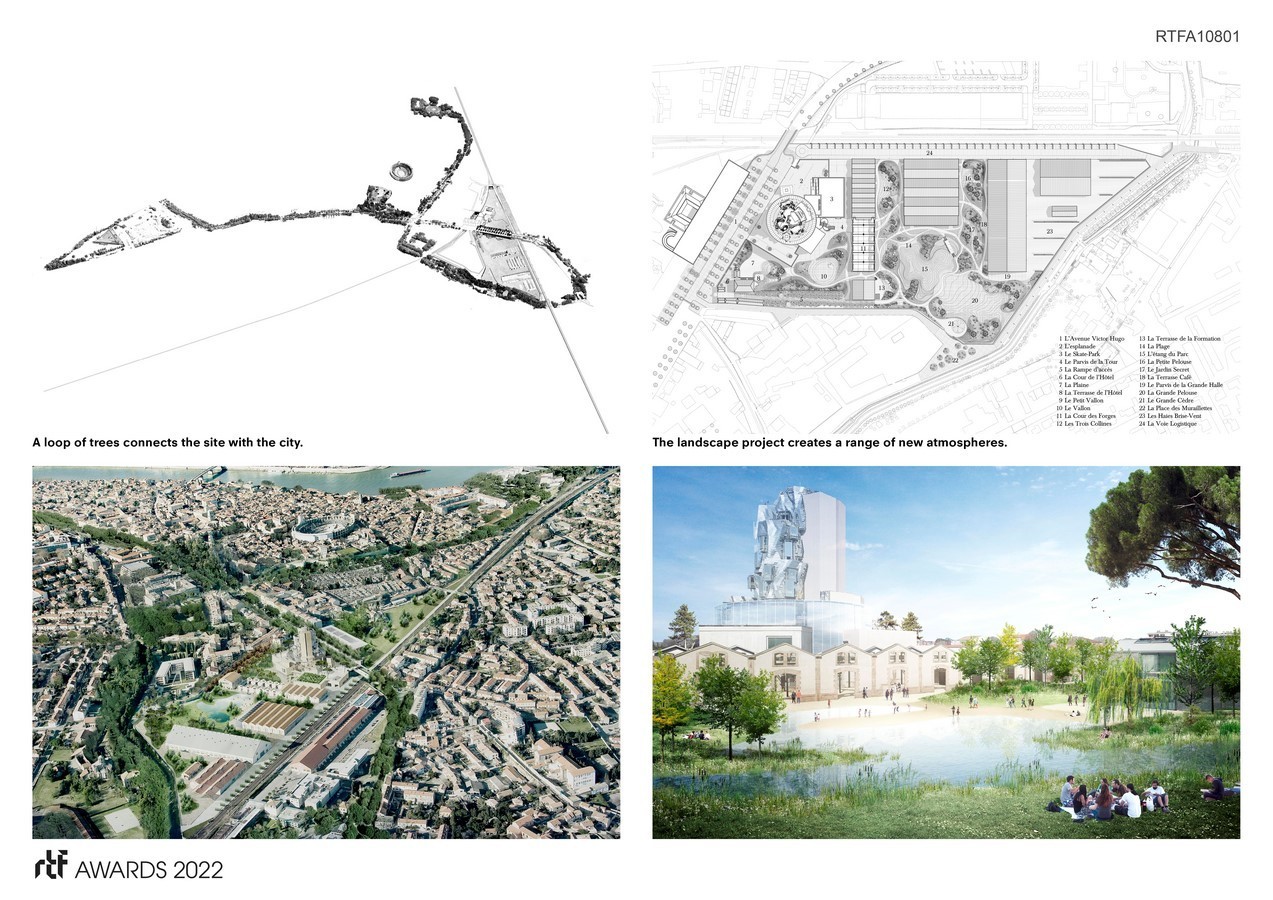
We imagined how plants would grow in the varying depths of soil. Pioneer plants would conquer the shallow depths, while an ecological succession would have happened with each increase in available soil. Planted on their southern edges, the vegetation provides summer shade and blocks the winter winds, greatly enhancing the outdoor comfort. Inspired by the ecologies surrounding Arles, more than 140 different plant species have been introduced. A total of 80.000 trees, shrubs flowers and grasses have been planted in this new soil. The park accelerates 200 years of spontaneous processes into merely 10 years and it compresses the three ecologies of the region into a new hybrid landscape.
Water & Micro-climate
The vegetation is irrigated by a sustainable water system that draws its source from the nearby Craponne Canal. Its water is pumped into a central pond where it is naturally filtered by the aquatic plants. The pond serves as a reservoir for the plant irrigation and as a cooling device for the park. The combined evapotranspiration of the pond and the vegetation produces a micro-climate that transforms the former concrete semi-desert into a Mediterranean climate.
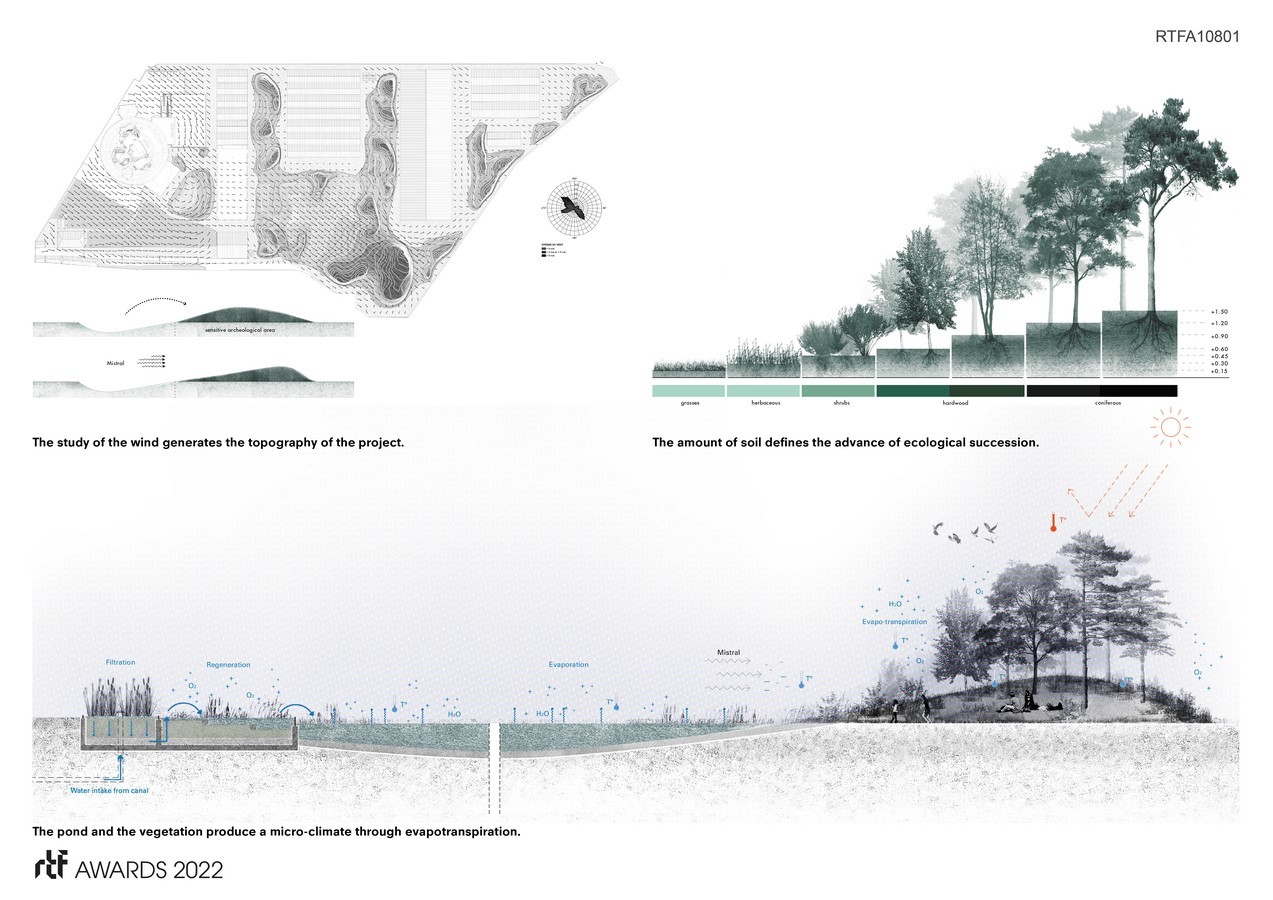
Experiment & Future
The growth and development of the vegetation is scientifically monitored for its root growth and water needs. From its inception, the project has been conceived as an experiment on the transformation of an industrial wasteland into a self-sustaining, living organism. In a time where too many natural habitats are destroyed, the project illustrates humans’ ability to accelerate the reconquering of industrial wastelands by natural processes. The project does not aim at re-establishing a lost past, but proposes to go faster into the future.

